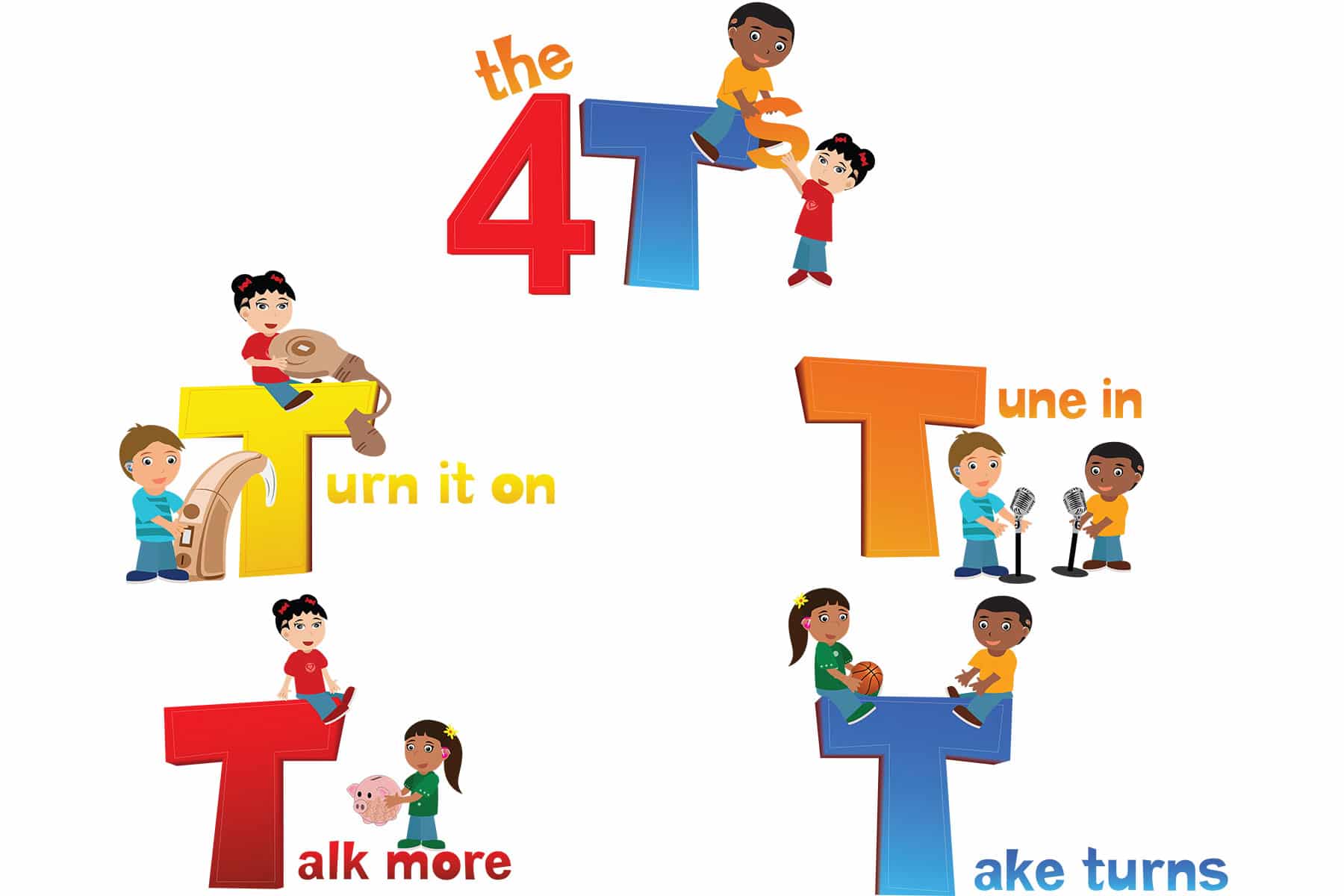MED-EL
Published Sep 11, 2015
Building Your Child’s Vocabulary: Dana Suskind

Dana Suskind is the director of the paediatric cochlear implantation program at the University of Chicago Medicine. She recently released a book, Thirty Million Words: Building a Child’s Brain, and here we’re happy to share some of the tips that she gives to parents of children with cochlear implants.
As a pediatric cochlear implant surgeon, I’ve seen firsthand the incredible power of parent talk. Not long after I started the pediatric cochlear implant program at the University of Chicago I began to notice a rather unsettling difference in outcomes among my young patients. While I gave each of them the same access to sound, some would return talking on par with their hearing peers and others, same time out, were barely able to communicate.
The ground-breaking research of child psychologists Betty Hart and Todd Risley found that some children heard 30 million fewer words by their fourth birthdays than others. That difference had a huge impact on how prepared they were for school. The children who heard more words entered kindergarten with vocabularies twice as big as those who heard fewer words. By third grade, these children still had bigger vocabularies, were stronger readers, and had higher test scores. Basically, the children who started ahead, stayed ahead. The children who started behind, stayed behind.
Why did some of my patients fare better than others after implantation? At the core was how and how much their parents spoke with them.
Each child has a unique potential for listening and spoken language, and all parents have the capacity to help their child reach that potential.
Why is parent talk so valuable? It’s all about the brain.
Within the first three years of life, 85% or our physical brain is developed. At no other time in life is brain growth so rapid. One of the most important things making these connections is words.
Every word you say builds your child’s brain.
A child with hearing loss needs a device in order for this to happen. But if your child’s not wearing the device, sounds and your words can’t get into the brain. If they can’t get in, they can’t make those crucial connections.
So how do you create the rich early language environment that maximizes your child’s brain development? Use the 4Ts: Turn It On, Tune In, Talk More, and Take Turns.
The 4Ts: Turn It on, Tune In, Talk More, and Take Turns
Turn it On
Turn It On is the first step to building your child’s brain. If your child’s not wearing the device or if the device is not working properly, your words can’t build his brain.
A Turn It On Tip—Make It a Routine: Put your child’s device on at the same time and in the same place each morning. If your child takes it off, put it right back on without making a big deal. When you make it a routine, your child will eventually come to expect it. In time, it will get easier.
Tune In
Tune In is the most nuanced of the 4Ts. You Tune In to your child when you talk about what the child is focused on. Since what our child’s paying attention to is always changing, you have to stay Tuned In and change your words to match. The more Tuned In you are, the more your child learns.
A Tune In Tip—On Their Level: When you’re physically on your child’s level, you make better eye contact and ear contact. This will help you stay Tuned In longer and help your child hear you more clearly.
Talk More
The second T, Talk More, is simply that: surround your child with rich language. Imagine your child’s brain as a piggy bank. Every word you say is another penny in the bank. The more you talk, the richer your child’s brain grows. The more you put in now, the richer your child will be later.
A Talk More Tip—Narrate: Don’t just do it. Talk your child through it. You’re going to be dressing your child, feeding your child, bathing your child, and so much more each day. When you talk about what you’re doing, as you’re doing it, you’re taking care of daily business and building your child’s brain along the way.
Take Turns
The final T, Take Turns, is the most valuable of the 4Ts when it comes to building your child’s brain. How do you Take Turns, or have a conversation? You Tune In to what your child is focused on and Talk More about it. Even if your child isn’t using ‘real’ words yet, it’s important to Take Turns as much as possible.
A Take Turns Tip—Be Patient: A child learning to listen and talk may have to search for words. It may take so long that your instinct is to respond for your child. Doing so may expose your child to more language, but it may also end the conversation. When you give your child enough time to respond, or Take Turns, you’re maximizing the brain-building potential of the conversation.
The 4Ts are designed to become a natural part of everyday activities, no matter how mundane. By adding rich language, you transform changing a diaper, cutting an apple, or sweeping the floor into a brain-building experience. Ultimately, these words will be an important part of enhancing your relationship with your child, as well as helping your child reach his or her listening and talking potential.
Thanks, Dana!
MED-EL
Was this article helpful?
Thanks for your feedback.
Sign up for newsletter below for more.
Thanks for your feedback.
Please leave your message below.
Thanks for your message. We will reply as soon as possible.
Send us a message
Field is required
John Doe
Field is required
name@mail.com
Field is required
What do you think?
MED-EL


